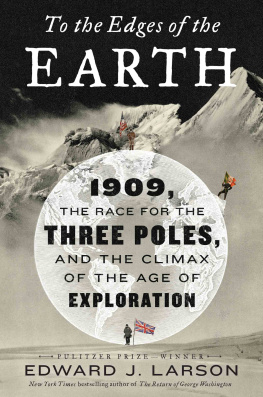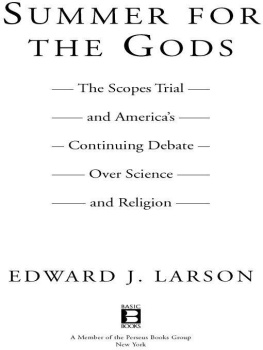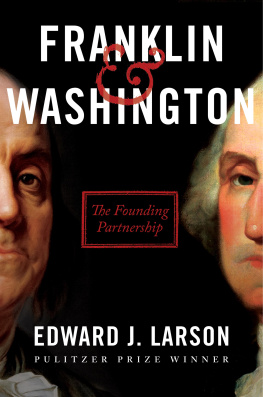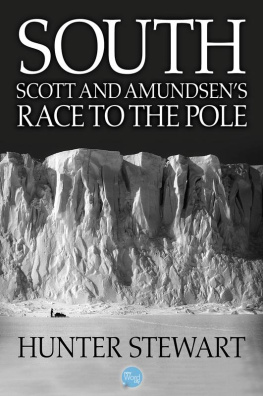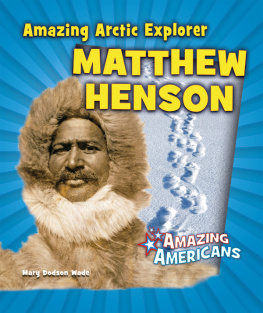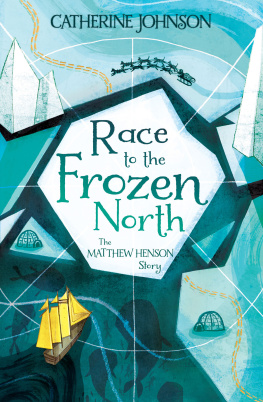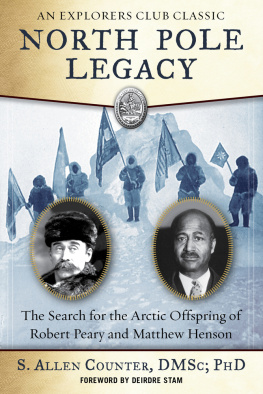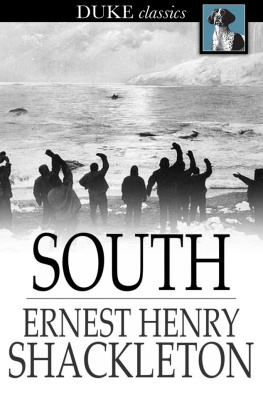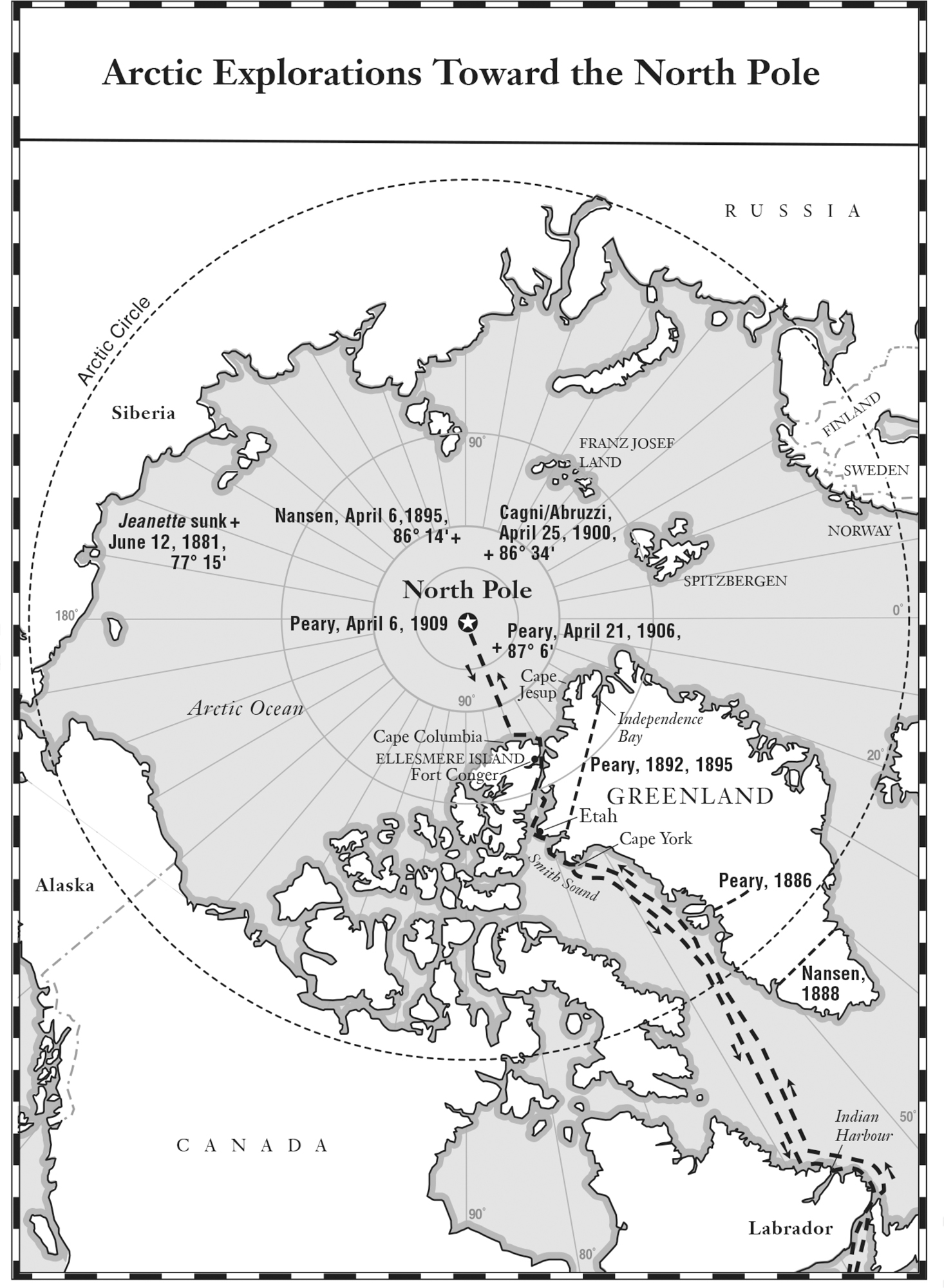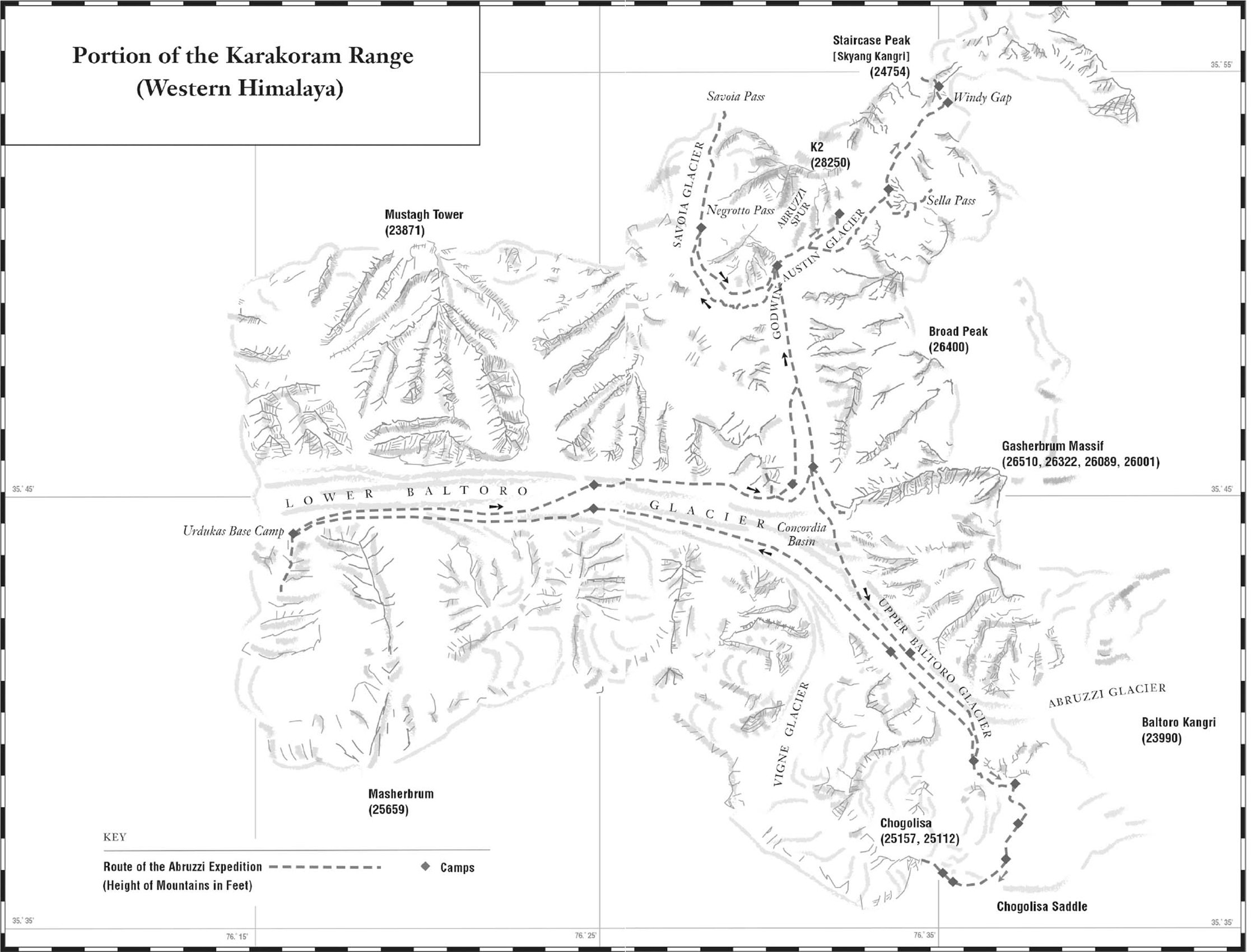THE ADVENTURES DESCRIBED IN these pages carried the dreams of the multitudes in Europe, America, and Australia. Never in the history of modern exploration have efforts so widespread and persistent as those of the present been made to uncover the mysteries of the unknown parts of the world, the New York Times commented in 1908. Two explorers are seeking to solve the riddle of the North Pole. Four parties have in view the ice-capped continent of the Antarctic.... In the heart of Asia are impenetrable mountain ranges and vast deserts still unknown to modern geographers. With the adventure-enthusiast Theodore Roosevelt in the White House and the like-minded though less active Edward VII reigning over Britains far-flung imperial domains, new technologies easing access to remote places, and empire in vogue, explorers vied to reach places that previously seemed unattainable. Three unclaimed poles became the ultimate goals: the North Pole, the South Pole, and the so-called Pole of Altitude in the Himalayas, with the second sometimes divided into the south geographic and south magnetic poles. With fame assured to anyone bold enough to try and tough enough to succeed in reaching them, 1909 was shaping up as a climactic year in the modern age of adventure-based exploration.
The expeditions of 1909 represented the culmination of long efforts in high latitudes and altitudes by explorers with notable track records. The lead American contender, Robert E. Peary, had mounted seven prior expeditions to the high Arctic, with the last three aimed squarely at the North Pole. British explorer Ernest Shackleton had tried once before for the South Pole. Then the most famous of the three, Prince Luigi Amedeo of Savoy, the Italian Duke of the Abruzzi, had made widely hailed first ascents on three continents as a mountaineer and once led an Arctic expedition that set a farthest-north record. Australias premier field geologist, Edgeworth David, went along with Shackleton to try for the south magnetic pole, aided by future polar star Douglas Mawson. These were celebrities of the day chasing immortality at the edges of the earth.
The explorers instinct was not new. It is probably as old as human life itself. Around 1500, with the emergence of improved navigation and surplus population, European explorers began probing far beyond their own well-known regions of the world. From Christopher Columbus, Ferdinand Magellan, and Samuel de Champlain to James Cook, Lewis and Clark, and David Livingstone, to name but a few, Europeans and their transplanted progeny began exploring and colonizing long-inhabited lands across the globe. With Eurocentric pride, they called it the Age of Exploration, and so it was for them. Never before had one people traveled so far and so fast from its homeland and reestablished itself in so many places so quickly.
With most of the worlds inhabited places explored if not colonized by Europeans by the nineteenth century, the high Arctic and remote mountainous regions gained a central place in the Western imagination. They became new places to explore. Realms of ice fascinated romantic poets, gothic novelists, adventure-seeking aristocrats, and the rising middle class. Popular nineteenth-century writers from Charles Dickens and Jules Verne to Edgar Allan Poe and A. Conan Doyle, drawing mainly on the long history of British efforts to find a Northwest Passage from the Atlantic to the Pacific Ocean, adopted Arctic settings for some works. Amid scenes of icy desolation, they showed humans thrown back on their own resources in the face of a hostile or indifferent natural world. Other authors, especially poets, looked to the Alps for inspiration. The latter scene might be portrayed as sublime or even spiritual in a pantheistic way; the former inevitably was a frozen hellat best a testing place for human fortitude, at worst a site of desperation, madness, and death. Climbers might find their god in the mountains; polar explorers rarely did in the endless expanse of arctic ice.
In popular literature, the poles and high mountains exerted a strong and sometimes fatal attraction on heroes and antiheros alike. In the opening scene of Charlotte Bronts 1847 novel, Jane Eyre, for example, the young and impressionable protagonist slips into a deserted room and reads wistfully of the vast sweep of the Arctic Zone, and those forlorn regions of dreary space,that reservoir of frost and snow, where firm fields of ice, the accumulation of centuries of winters, glazed in Alpine heights above heights, surround the pole. Mary Shelley begins her classic 1818 horror story, Frankenstein, with her infamous title character chasing his monstrous creation across the arctic ice toward their doom at the North Pole. In Persuasion, Jane Austen depicts a polar explorers homebound wife yearning to follow her husband to the Arctic. First-person narratives penned by returning Arctic explorers and extreme mountaineers sold as well as any novel during the Victorian era. They invariably related tales of struggle and sacrifice in the face of hostile natural forces beyond the bounds of civilized norms. Not all survived, and none ever attained the pole.
Having grown up with such stories and narratives, by 1909, explorers of a new generation were better equipped than their Victorian predecessors to reach their elusive goals. The public hung on every word as a series of extreme expeditions reached for the earths still unexplored places. Their leaders became the lions of the season and the heroes of the age. By years end, the London Daily News could write in its annual review, The Wonderful Year 1909, Few events of the year 1909 have created more interest than the return to civilization of the explorers who, for a time, had been lost to the world in their endeavours to solve the mystery of the Polar seas.
Within half a decade, however, an all-consuming world war had created new fields for glory and pathos, coupled with an altered understanding of heroism. Subsequent cultural, economic, and political developments kept the focus elsewhere for most of the twentieth century. With climate change, however, the shrinking sea ice, glaciers, and ice sheets had regained the attention of scientists, explorers, and the general public by the centurys end. Private yachts and cruise ships now ply the Northwest Passage and the Antarctic coast. Mountain glaciers serve as indicators of global warming. The thinning of the Arctic sea ice opens new areas for commerce. Ice cores from the worlds remaining ice sheets offer evidence of past temperature swings and testify to the remarkable rapidity of the current warming. The regions that the exploring parties of 1909 discovered, long frozen in time, are changing before our eyes, giving new meaning to the old accounts.
Conducting research in polar regions has always required collaboration, and this is true for my study of its history as well. This book especially benefited from my participation in the National Science Foundations Antarctic Artists and Writers Program, which allowed me to go where the Antarctic explorers went, camp where they camped, and climb where they climbed. Always traveling with others, and frequently in the company of experts, through this program I saw much of what Shackleton, Mawson, and the other early visitors to the Ross Sea region saw, from the East Antarctic Ice Sheet and Ross Ice Shelf to the South Pole and summit of Mount Erebus. Extended stays at Shackletons Cape Royds and near Scotts Hut Point and Cape Evans, where the explorers primitive winter quarters remain intact down to their unused crates of hardtack biscuits and long-frozen meat in the larder, gave insight into how the parties lived beyond what I could hope to glean from archival research. Other trips took me to Elephant Island and the Antarctic Peninsula, the Himalayas, and the high Arctic above Norway and North America. Despite the changes of the past century, these coddled visits gave me a deep respect and appreciation for the explorers of 1909.

